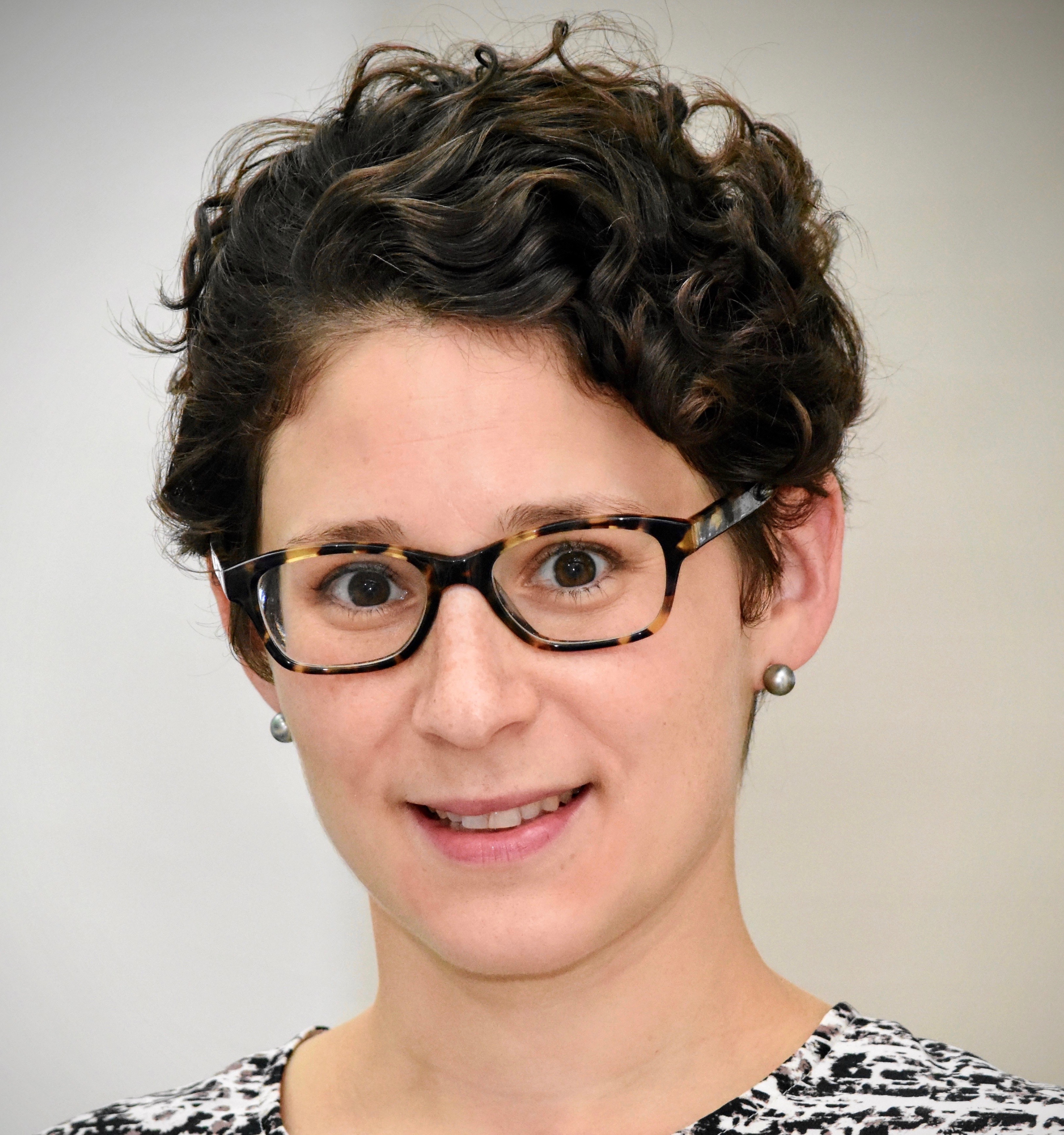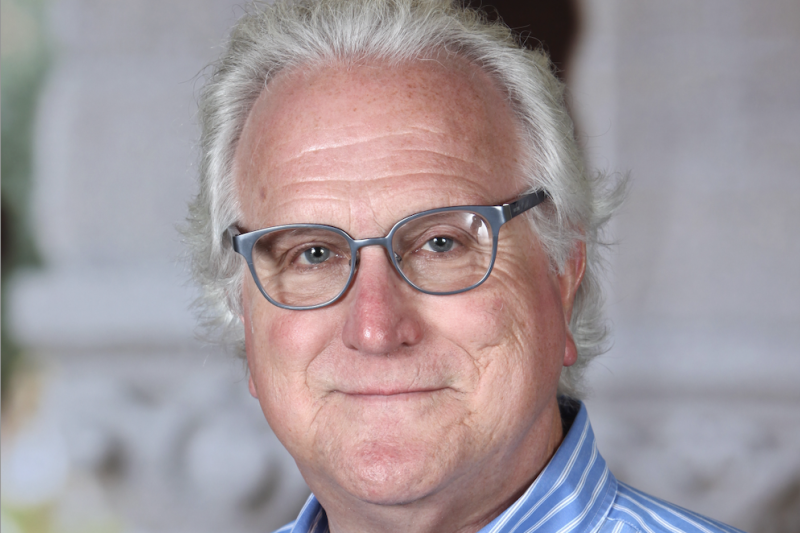
Nine scholars join the faculty of Stanford Graduate School of Education
Nine education scholars will join the faculty at Stanford Graduate School of Education in the 2019-20 academic year, with research interests focused in areas as diverse as neuroscience, educational disparities, world history and digital technology.
“These new faculty members represent a tremendous range of expertise and innovation in research and classroom practice,” said Dan Schwartz, the I. James Quillen Dean and Nomellini & Olivier Professor of Educational Technology. “I’m very excited to add such amazing talent to our community.”
Several new faculty members began over the summer, while others will arrive during the academic year. Four were recruited as part of the GSE’s new initiative on Learning Differences and the Future of Special Education, an interdisciplinary research and training effort to better support children with diverse learning needs. Two were brought on as part of the GSE’s initiative on Identities, Diversity and Equity in Learning. All reflect the school’s commitment to accelerate progress on nine grand challenges facing education.

Subini Annamma joined as an associate professor in September 2019 as part of the GSE’s initiative on Learning Differences and the Future of Special Education. Her research focuses on increasing access to education for historically marginalized populations, particularly students of color with disabilities. Prior to joining the GSE, she was an advanced assistant professor in the department of special education at the University of Kansas.

Nick Haber will join as an assistant professor in January 2020, also as part of the GSE’s initiative on Learning Differences and the Future of Special Education. His recent work includes the design of artificial intelligence systems aimed at supporting children with learning differences. After receiving his doctorate in mathematics, he launched the Autism Glass Project, developing and testing a computer vision–powered learning tool on Google Glass for children with autism. Prior to joining the GSE, he was a postdoctoral fellow at the Stanford University School of Medicine.

Michael Hines joined as an assistant professor in August 2019. His research interests include the history of education, curriculum studies, social studies and civics education and the history of childhood. His research currently focuses on how African Americans in the early 20thcentury created new curricular discourses around race and historical representation. Prior to joining the GSE, he was a minority postdoctoral fellow in history and education at Teachers College Columbia University.

Victor Lee joined as an associate professor in July 2019. His research focuses on learning and technology, including emerging digital technology such as wearables, and on the changing nature of physical libraries into youth spaces for STEM learning and maker activities. Prior to joining the GSE, he was an associate professor of instructional technology and learning sciences at Utah State University.

Christopher Lemons will join as an associate professor in January 2020 as part of the GSE’s initiative on Learning Differences and the Future of Special Education. His research focuses on improving academic outcomes for children and adolescents with intellectual, developmental and learning disabilities, including developing and evaluating reading interventions for individuals with Down syndrome. Prior to joining the GSE, he was an associate professor at Peabody College at Vanderbilt University, where he also co-directed the National Center for Leadership in Intensive Intervention.

Emily Levine joined as associate professor in September 2019. Her research focuses on the cultural and intellectual history of 20thcentury Europe and America, including an examination of how the modern research university was shaped by competition between Germany and America. Prior to joining the GSE, she was an associate professor of modern European history at the University of North Carolina at Greensboro.

Francis A. Pearman joined as an assistant professor in July 2019 as part of the GSE’s initiative on Identities, Diversity and Equity in Learning. His research and policy interests focus on social inequality, racial stratification and education in the contemporary American city, including the relationship between school choice and urban redevelopment, school discipline disparities, gang activity in schools and the educational impact of gentrification. Prior to joining the GSE, he was an assistant professor of urban education at the University of Pittsburgh.

Shima Salehi will join as an assistant professor in July 2020, focused on fostering research on diversity and inclusion as part of the GSE’s initiative on Identities, Diversity and Equity in Learning and the university-wide IDEAL initiative. Her work explores ways to use different instructional practices to teach science and engineering more effectively and inclusively. Prior to joining the GSE, she was a postdoctoral fellow of science and engineering education in the physics department at Stanford. She also founded KhanAcademyFarsi, a nonprofit educational organization that has served more than four million Farsi-speaking students.

Jason Yeatman joined as an assistant professor in September 2019 (with a joint appointment in the department of pediatrics at Stanford Medicine), as part of the GSE’s initiative on Learning Differences and the Future of Special Education. His work in behavioral neuroscience explores the brain’s capacity for plasticity when children are provided with instruction tailored to their needs. Prior to joining the GSE, he was an assistant professor at the University of Washington, where he also directed the Brain Development & Education Lab.



